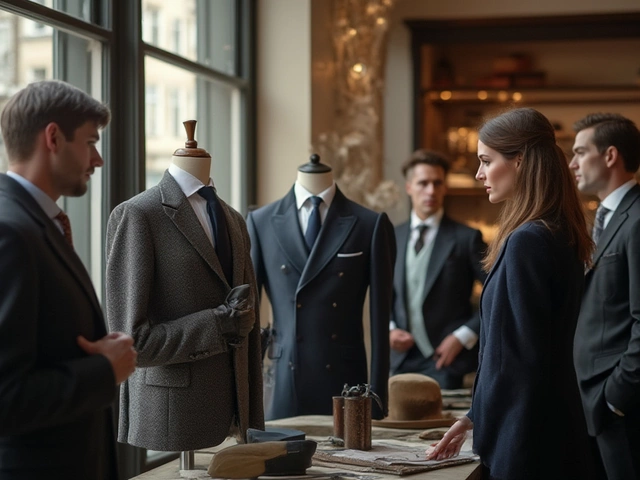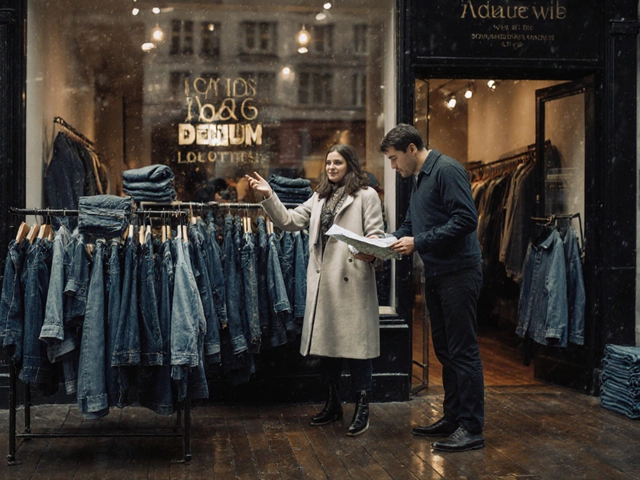Clothing Symbolism: What Your Outfit Says About You
Ever wonder why a black blazer feels powerful or why a bright scarf lifts the mood? It’s not just fashion – it’s symbolism. The clothes you choose send signals to everyone you meet, whether you’re aware of them or not. Understanding these cues can help you dress with purpose, boost confidence, and avoid accidental miscommunication.
Everyday Pieces and Their Unspoken Messages
Simple items carry surprisingly strong meanings. A crisp white shirt often signals cleanliness, professionalism, and a fresh start. Dark denim suggests casual confidence, while a leather jacket can shout rebellion or a love for classic rock. Even the way you wear a hoodie – loose or fitted – can hint at comfort‑first attitude versus a more polished look.
Colors are another big player. Red draws attention, evokes passion, and can even raise perceived authority. Blue is calming and trustworthy, making it a favorite for interviews and meetings. Green connects you to nature and can suggest growth or eco‑conscious values. Knowing these basics lets you pick pieces that match the impression you want to leave.
Using Symbolism to Shape Your Personal Brand
Start by deciding the image you want to project. Want to be seen as creative? Add a patterned scarf or a bold printed tee. Aiming for leadership? Choose structured blazers, sharp trousers, and shoes with a clean silhouette. Mix and match symbols – a quirky accessory paired with a classic suit can signal both professionalism and individuality.
Don’t overdo it. Too many strong symbols at once can feel chaotic. Pick one focal point – maybe a bright necklace or a statement coat – and keep the rest neutral. This balance lets the chosen piece shine without overwhelming the overall look.
Pay attention to cultural context, too. In some places, certain colors have specific meanings; for example, white is often linked to mourning in parts of Asia, while it represents purity in the West. Adjust your palette if you’re traveling or working with diverse audiences to avoid unintended signals.
Accessories act as the finishing touches of symbolism. A watch can convey punctuality and status; a tote bag made from recycled material signals sustainability values. Even your shoes tell a story – sleek sneakers suggest a sporty lifestyle, while polished oxfords often accompany formal occasions.
Finally, test your outfit before stepping out. Look in the mirror, ask a trusted friend how they interpret the look, or take a quick photo. If the feedback aligns with your intent, you’ve nailed the symbolism. If not, tweak one element and try again.
Clothing symbolism isn’t about tricking anyone; it’s about honest self‑expression through the language of fashion. By learning the basics and applying them deliberately, you turn everyday dressing into a powerful communication tool.

Grey T-Shirts: More Than Just a Wardrobe Staple
Grey t-shirts are often seen as basic wardrobe pieces, but they actually carry different meanings and stylistic implications. This article explores how grey can symbolize neutrality, simplicity, and balance in fashion, making it a versatile choice for many. From understanding the psychology behind choosing grey to tips on styling it effectively, we delve into what makes the grey t-shirt more than just a piece of fabric. Get practical advice on how to make this understated garment work for various occasions and moods.




